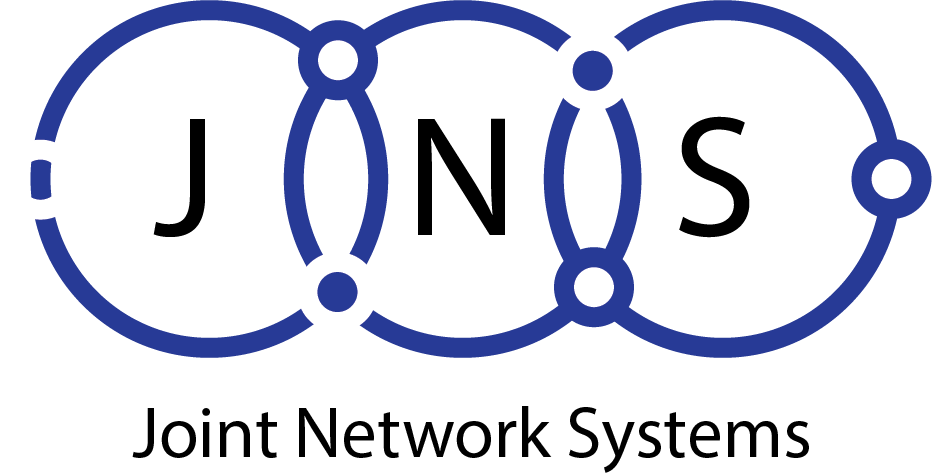
Remote Work and the
New Hybrid Work Environment
As a local Managed IT Services and Cloud Phone Service provider in Miami, we have seen enterprises forced to move to remote working in the early 2020s. Employees faced major changes in their lives as a result of lock downs. Managers had to be flexible with when and where their teams worked. In some cases, parents even changed their work hours to make it possible to work remotely.
The majority of employees now have “work desks” at home, which keep them productive beyond traditional in-office work patterns. Employers have granted some employees “work from home” permission to continue doing this. This could include people who relocated from their workplace during the pandemic, but want to retain their jobs remote working. Remote contract hires are also available and have actually increased since the pandemic.
The speed of home internet connections has increased with remote working, with 60% of US households having fiber connectivity. In addition, companies have made investments in Wi-Fi and security solutions to address growing security concerns of more and more employees working from or from personal devices at times.
The Employee Experience
Organizations are encouraging employees to return to their offices as more work spaces become available. There is no guarantee that all employees will be available to work in the office on all days. While those who work in the office want to get more from their time, “anywhere” workers would prefer to not be missed.
Changes in employee behavior and expectations have had a dramatic impact on collaboration applications. Networks that enable these tools have been widely adopted by both sync and async apps. These applications include whiteboards, chat, video meetings and whiteboards. They also support advanced metaverses like WebEx holograms, which are constantly evolving. It is expected that the underlying networking infrastructure will provide seamless experiences.
Many times, workers returning to work have had worse experiences than those who went home to begin their remote working routine. The majority of office infrastructure was built 10-15 years ago to meet the needs of that time. It may not be able to keep up with the demands of the post-pandemic environment and may need an upgrade.
Digital Transformation
For effective operations in the hybrid world, IT, HR and facilities must work together with agility. To achieve better results, both application and process must be able to communicate with one another. These requirements enable CIOs to lead digital change across domains, with the goal of achieving business outcomes with better productivity and collaboration.
Cisco offers market-leading deals in all these industries that enable organizations to take advantage the most recent networking technologies, including Wi–Fi6E, Private 5G, and the best-of-breed collaboration portfolio in Cisco Webex remote working solutions.
Wi-Fi 6E with additional channels allows IT teams to be intentional in their design and ONLY move demanding (throughput, latency, Jitter) collaboration applications/endpoints to 6GHz while supporting existing uses case/devices on 2.4 and 5GHz channels.
About JNS
JNS delivers Cisco networking solutions through its IT Services team for your remote or hybrid workforce involving Wi-Fi 6E and collaboration solutions like Webex. Call us today to learn more how your organization can take advantage of the most recent Cisco networking technologies and collaboration tools.
Remote Work and the
New Hybrid Work Environment
As a local Managed IT Services and Cloud Phone Service provider in Miami, we have seen enterprises forced to move to remote working in the early 2020s. Employees faced major changes in their lives as a result of lock downs. Managers had to be flexible with when and where their teams worked. In some cases, parents even changed their work hours to make it possible to work remotely.
The majority of employees now have “work desks” at home, which keep them productive beyond traditional in-office work patterns. Employers have granted some employees “work from home” permission to continue doing this. This could include people who relocated from their workplace during the pandemic, but want to retain their jobs remote working. Remote contract hires are also available and have actually increased since the pandemic.
The speed of home internet connections has increased with remote working, with 60% of US households having fiber connectivity. In addition, companies have made investments in Wi-Fi and security solutions to address growing security concerns of more and more employees working from or from personal devices at times.
The Employee Experience
Organizations are encouraging employees to return to their offices as more work spaces become available. There is no guarantee that all employees will be available to work in the office on all days. While those who work in the office want to get more from their time, “anywhere” workers would prefer to not be missed.
Changes in employee behavior and expectations have had a dramatic impact on collaboration applications. Networks that enable these tools have been widely adopted by both sync and async apps. These applications include whiteboards, chat, video meetings and whiteboards. They also support advanced metaverses like WebEx holograms, which are constantly evolving. It is expected that the underlying networking infrastructure will provide seamless experiences.
Many times, workers returning to work have had worse experiences than those who went home to begin their remote working routine. The majority of office infrastructure was built 10-15 years ago to meet the needs of that time. It may not be able to keep up with the demands of the post-pandemic environment and may need an upgrade.
Digital Transformation
For effective operations in the hybrid world, IT, HR and facilities must work together with agility. To achieve better results, both application and process must be able to communicate with one another. These requirements enable CIOs to lead digital change across domains, with the goal of achieving business outcomes with better productivity and collaboration.
Cisco offers market-leading deals in all these industries that enable organizations to take advantage the most recent networking technologies, including Wi–Fi6E, Private 5G, and the best-of-breed collaboration portfolio in Cisco Webex remote working solutions.
Wi-Fi 6E with additional channels allows IT teams to be intentional in their design and ONLY move demanding (throughput, latency, Jitter) collaboration applications/endpoints to 6GHz while supporting existing uses case/devices on 2.4 and 5GHz channels.
About JNS
JNS delivers Cisco networking solutions through its IT Services team in Miami for your remote or hybrid workforce involving Wi-Fi 6E and collaboration solutions like Webex. Call us today to learn more how your organization can take advantage of the most recent Cisco networking technologies and collaboration tools.


